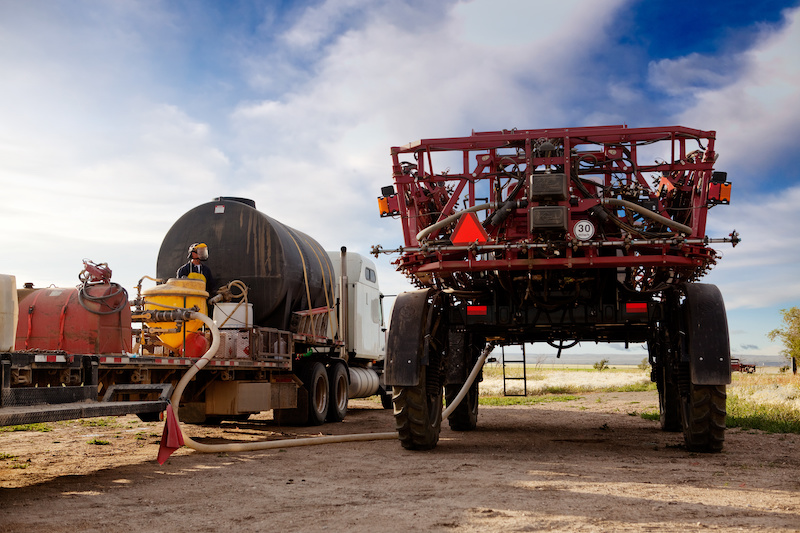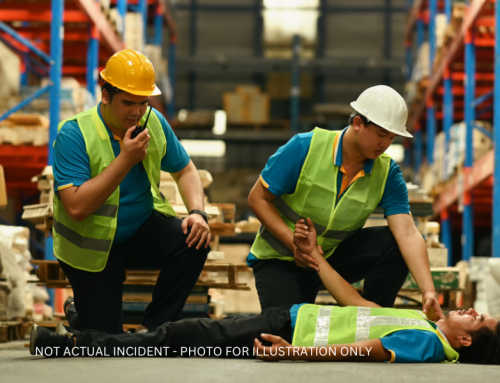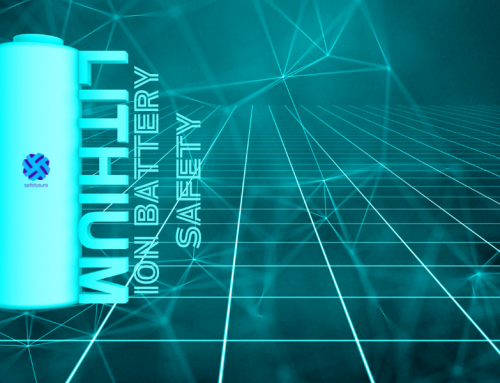The importance of implementing effective agricultural safety programs has been demonstrated through a recent incident. Queensland Workplace Health and Safety have confirmed that in June 2019, a worker suffered traumatic injuries to both arms after being caught in a machine (trapped by a pulling winch). The winch was used on a vegetable growing farm to pull liners with compost from a shelf and unload onto a conveyor.
The Regulator says that early indications are the man was working when, for reasons unknown, one of his hands got trapped by the machine. Whilst attempting to free his hand, the other one also got trapped.
Managing work health and safety risks associated with plant is an ongoing process and involves four steps including: the identification of hazards, assessing risks, controls risks and then reviewing control measures to ensure they are working. Once the risks have been assessed, the next step is to control risks.
These control measures are ranked from the highest level of protection and reliability to the lowest (hierarchy of control).
Under WHS Regulation across Australia Persons in Control of Business Units (PVCU) should work through this hierarchy to choose the control that most effectively eliminates or, where that is not reasonably practicable, minimises the risk in the circumstances.
Hazard control for agricultural safety
It should always be your goal to eliminate a hazard, which is the most effective control. If this is not reasonably practicable, you must minimise the risk by one or a combination of the following:
Substitution – Substitute the plant (or hazardous parts of it) with plant that is safer.
Engineering controls – Include modifications to tools or equipment. For example, redesigning the electrical system to allow for the installation of emergency stop buttons within easy reach of operators of rural plant where entanglement may occur.
Separate the hazardous plant from people either by distance or physical barrier. For example, a control measure, such as a hook, that provides a positive means of attaching the liner to the winch drum, so workers don’t have to reach in to the hazardous area, while the machine is running, to ensure the liner is correctly attached.
Administrative controls – If any risk remains, it must be minimised by implementing administrative controls, for example, carrying out an isolation and lock-out tag-out procedure before accessing any parts of the plant. An isolation procedure could include:isolating the pulling winch from all energy sources that can cause harm locking out all isolation point dissipating or restraining any stored energy that may give rise to a hazard.
Personal protective equipment (PPE) – Any remaining risk must be minimised with suitable PPE, such as providing workers with suitable clothing, protective eyewear and breathing protection.Control measures should be reviewed regularly to ensure they are still working as planned. Common review methods include workplace inspections and consultation with workers.
READ RELATED CONTENT
- Heat stress an important issue for employers in Queensland(Opens in a new browser tab)
- Work health and safety obligations and how to manage them(Opens in a new browser tab)
- How to chose a workplace health and safety consultant?(Opens in a new browser tab)
If any issues are identified, revisit the risk management process and then make further decisions about control measures.
Hazards on agricultural plant and machinery that are likely to cause injury include: rotating shafts, chains, drive belts, cables, pulleys or gears the run-in points of belts, chains or cable machine components that move, mix, cut, grind, pulp, crush, break or pulverise materials
If you need some assistance for improving your agricultural safety or machine guarding, why not contact us







Leave A Comment